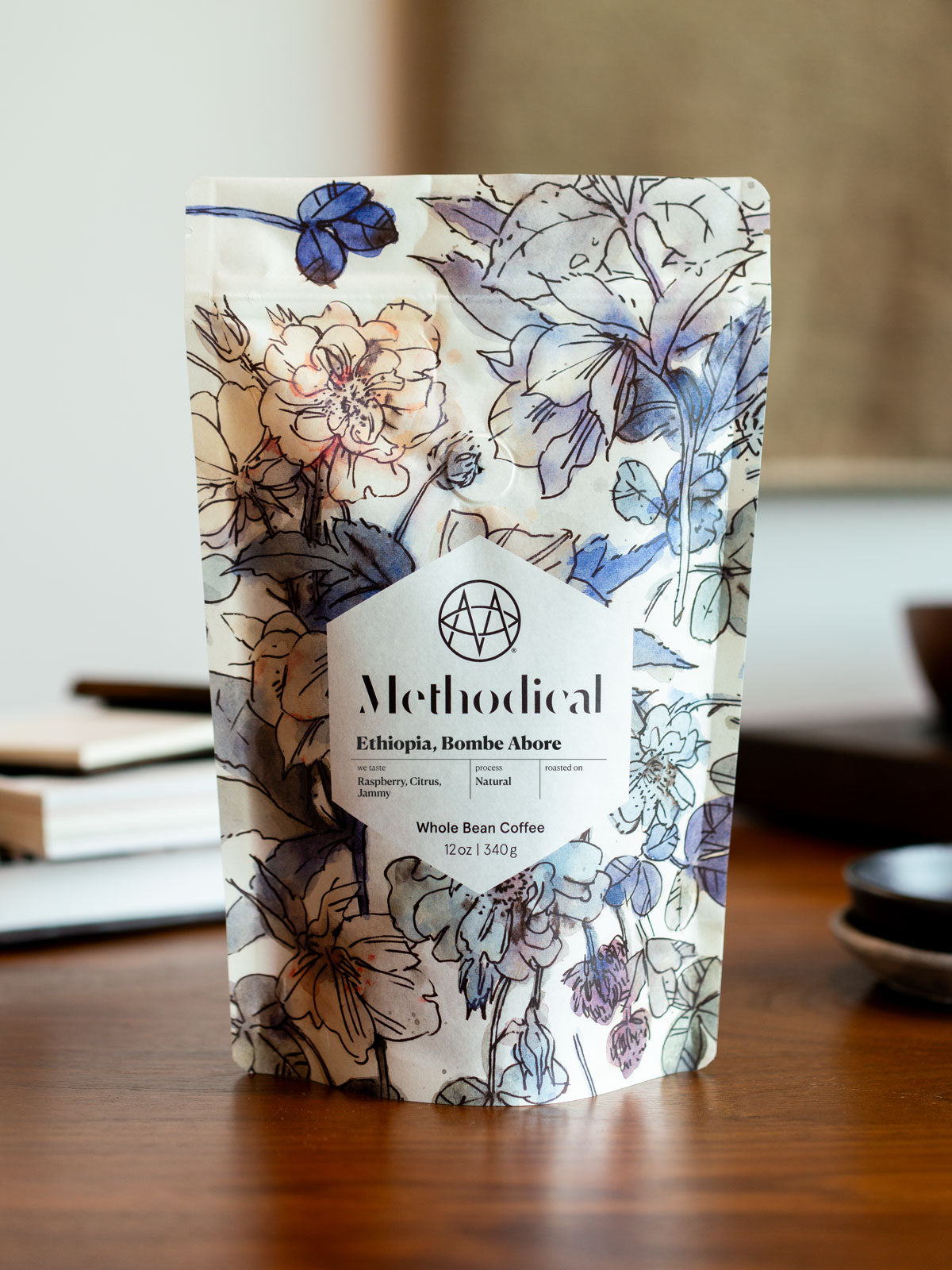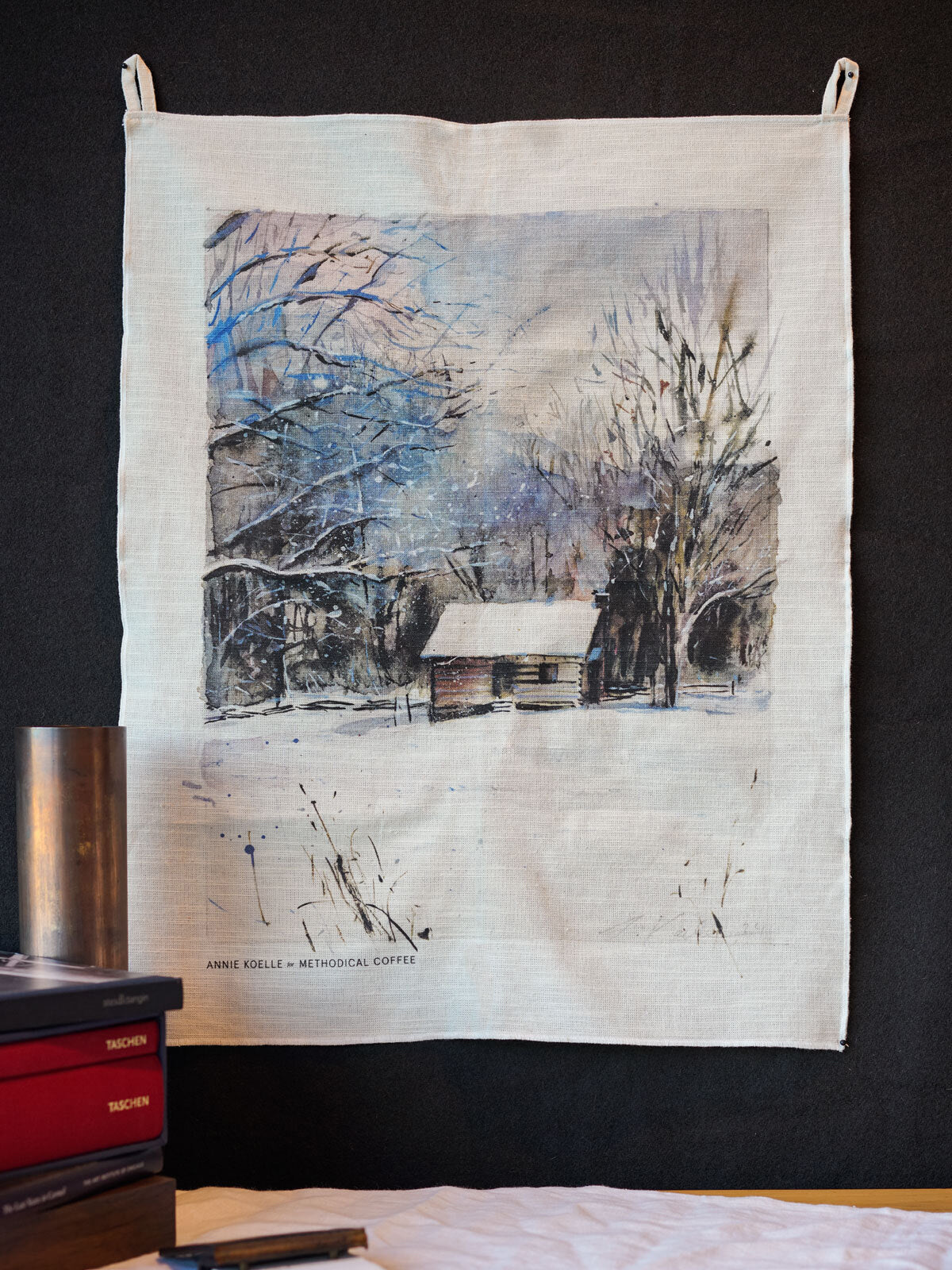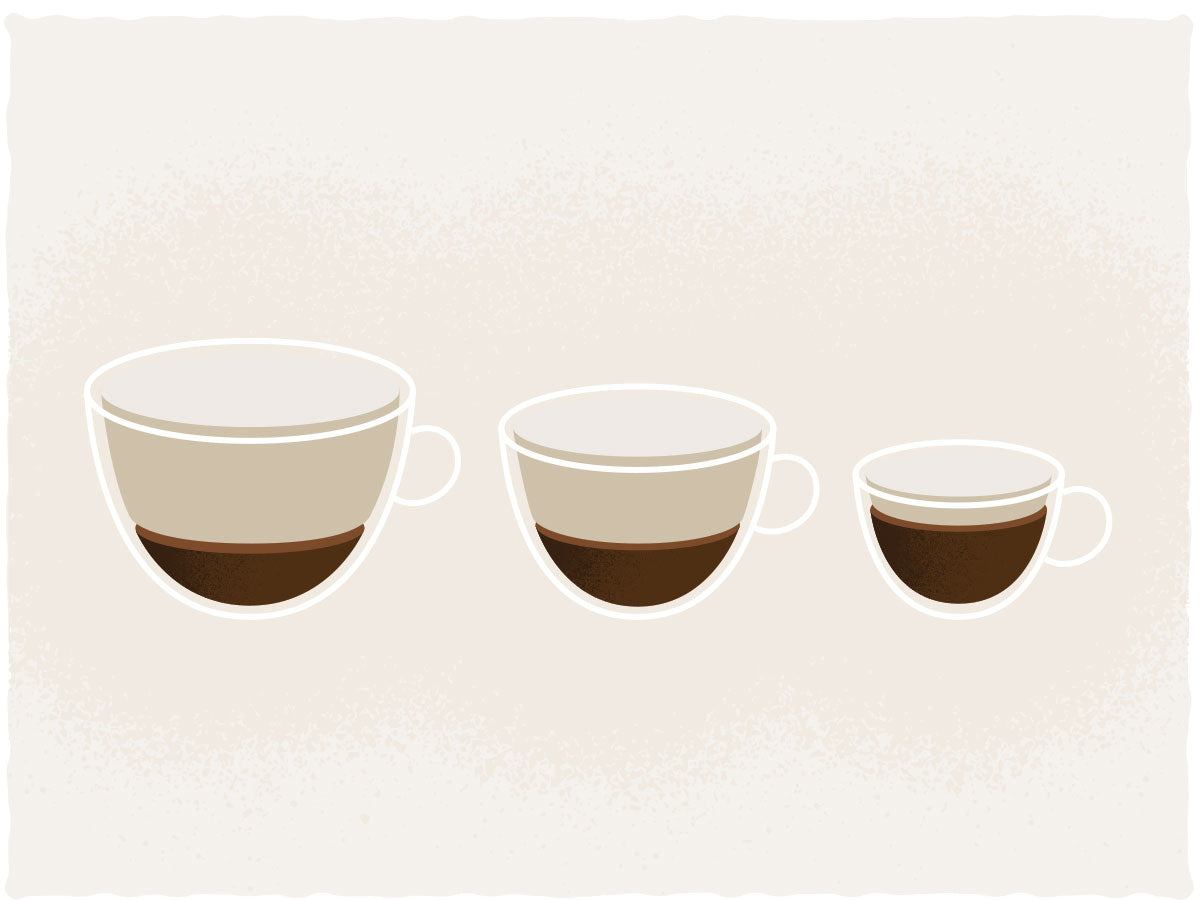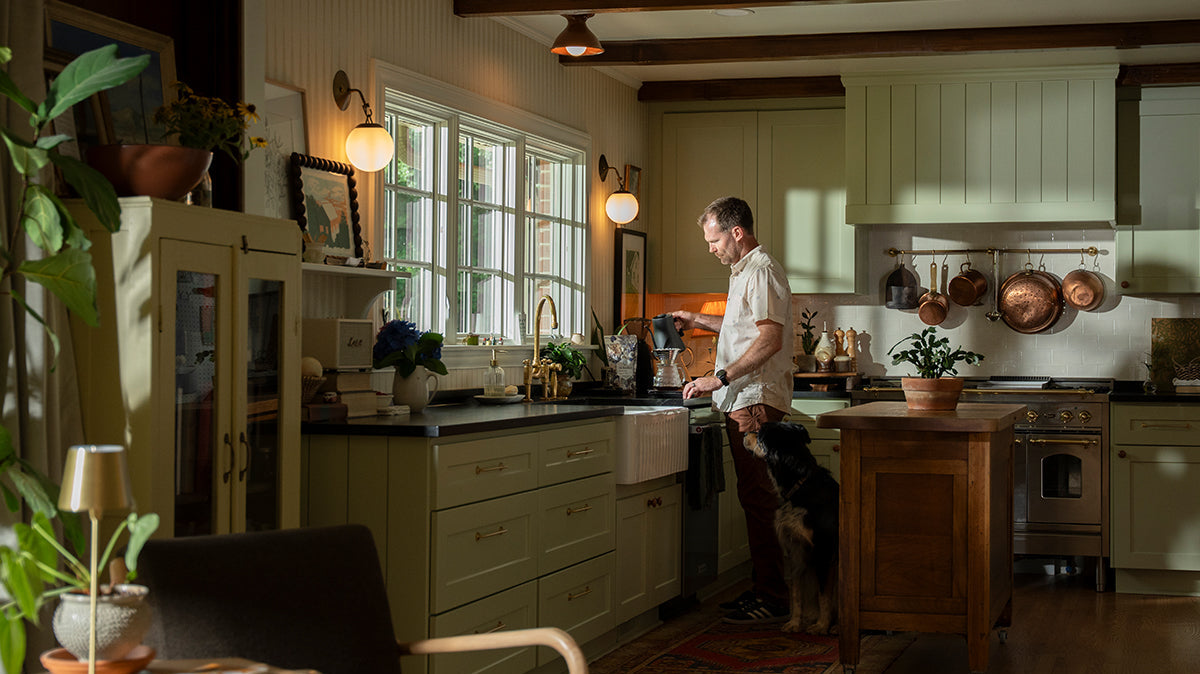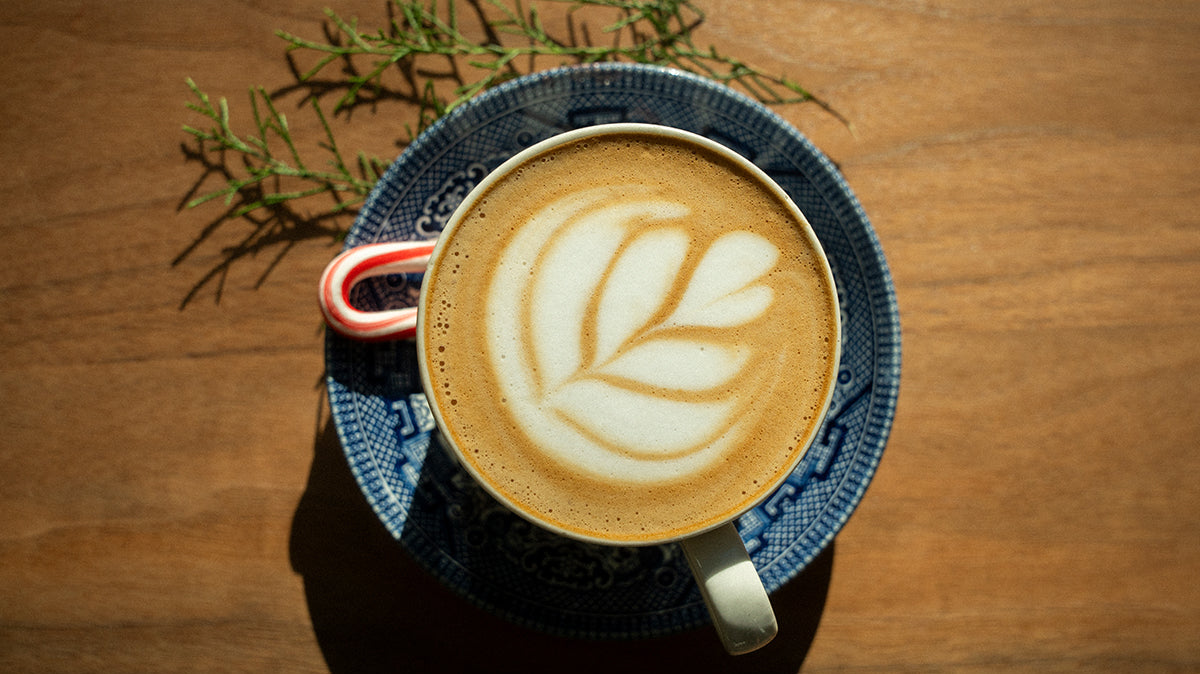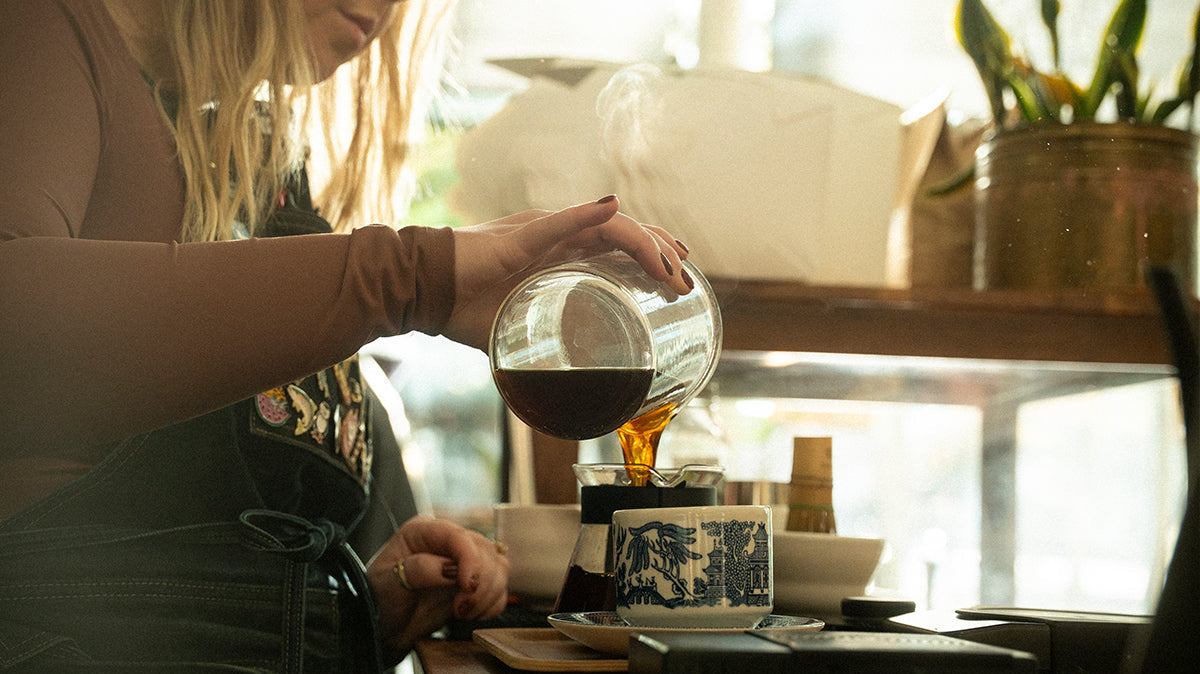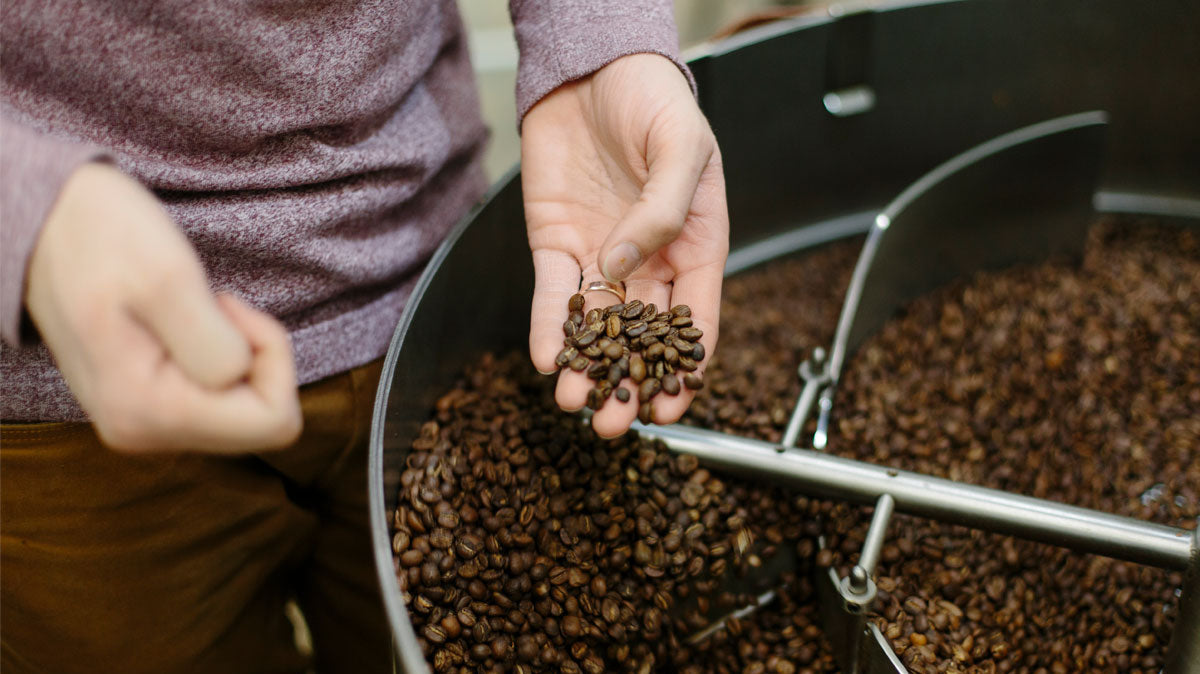Espresso and milk is a marriage made in heaven. The acidity and punch of the espresso meets its match with the creaminess and texture of a high-quality whole milk. Espresso and milk beverages have become such a significant part of our culture that it’s difficult to imagine life without them. But espresso-based beverages are fairly young, especially in the US. It’s common knowledge that we have the Italians to thank for espresso, but the difference between beverages like a macchiato, cappuccino, or latte may be a mystery. To non-Italian speakers, their names obscure their differences, but you may be surprised to learn that there are more similarities than differences between them. As anyone passionate about their craft would do, the Italian baristas discovered how differences in ratios or texture could create a world of wildly different flavor.
What is a latte
A latte is a coffee-based beverage made by combining espresso, steamed milk, and a small amount of frothed milk. The term "latte" actually means "milk" in Italian, which is shorthand for the full name, caffè latte, which translates to coffee and milk. It’s similar to the French café au lait or the Spanish cafe con leche, which also both translate to coffee and milk. But if you order a café au lait at a cafe in the US, you’ll probably receive a coffee beverage made with drip coffee and milk as opposed to espresso.
Traditionally, a latte is a single-size beverage, usually between 8 and 12oz in volume, but it’s not uncommon for a cafe to offer multiple sizes of lattes. Each size often contains the same amount of espresso, but the difference is in the amount of milk. This creates a more coffee-forward flavor in the smaller sizes and a more mild flavor for the larger-sized beverages.
Also, in most modern coffee shops, your latte will be presented with latte art which are designs made in espresso by how a barista pours their steamed milk. It has no impact on the flavor of the beverage, and nothing additional is added to the drink to make the latte art, but it adds a level of sophistication and aesthetic enjoyment that adds to the experience.
Many shops also add additional flavors to their lattes to add sweetness and different flavor profiles. But purist will say that a good quality whole milk and a good quality medium to dark roast coffee creates the perfect flavor profile. Lattes are also a great drink to enjoy over ice for hot summer days.
Learn more: What is a Latte? and How Do You Make One?
What is a cappuccino
The cappuccino is another popular coffee-based beverage that originated in Italy. It’s similar to a latte but has a slightly different composition and presentation. A cappuccino is typically made by combining equal parts of espresso, steamed milk, and frothed milk. The name "cappuccino" is believed to come from the resemblance of the drink's color to the robes of the Capuchin friars, an order of Catholic monks known for their distinctive brown hoods.
In traditional coffee shops, if you order a cappuccino you’ll receive what is known as a dry cappuccino which includes equal parts of espresso, steamed milk, and frothed milk. And it may come with a sprinkle of cocoa powder or cinnamon. In modern specialty coffee shops, you’ll likely receive a wet cappuccino which is similar to the latte’s composition but just smaller, around 6oz. This smaller size creates a more coffee-forward flavor profile.
Learn more: What is a Cappuccino? and How Do You Make One?
What is a macchiato
A macchiato is an espresso-based beverage that also originated in Italy, and the term "macchiato" means "stained" or "marked" in Italian, referring to the small amount of milk that is added to an espresso shot. An espresso macchiato is made by adding a small amount of steamed milk or frothed milk to a shot of espresso. The milk is usually added in the form of a small dollop or mark on top of the espresso, creating a contrast of colors between the dark espresso and the lighter milk. Unlike a latte or cappuccino, the amount of milk used in a macchiato is minimal, resulting in a much stronger and more pronounced espresso flavor.
The purpose of adding milk to an espresso macchiato is to mellow the intensity of the espresso while still preserving its boldness. The small amount of milk provides a touch of creaminess and can help balance any bitter notes in the espresso. However, the main focus of an espresso macchiato is the espresso itself.
It's worth noting that there are variations of macchiatos, such as a caramel macchiato or a latte macchiato, that are popularized by certain coffee chains. These variations typically involve adding flavored syrups, caramel, or more milk to the beverage, resulting in a different taste and composition compared to a traditional espresso macchiato. This vast difference does cause quite a confusing experience when ordering a macchiato so be sure to ask your barista how they prepare a macchiato to ensure you’ll receive the type of drink you’re expecting.
Learn more: What is a Macchiato and How Do You Make One?
Cappuccino vs latte vs macchiato

The main differences between a cappuccino, latte, and macchiato primarily lie in the proportion and composition of its two simple ingredients, espresso and milk. Though every coffee shop develops their own take on these beverages, here’s a basic overview of the differences between a cappuccino, latte, and macchiato
Cappuccino:
- Single shot of espresso, steamed milk, and frothed milk.
- Total volume is around 6oz.
- The flavor is more espresso-forward with a creamy and velvety texture.
Latte:
- Single shot of espresso, steamed milk, and less frothed milk than a cappuccino.
- Larger in volume, usually around 10-12oz.
- Milder flavor due to the increased amount of milk. Though it’s not uncommon to add a shot of espresso to make it more coffee-forward.
- Can be customized with flavored syrups, whipped cream, or other additions. Or enjoyed over ice.
Macchiato:
- Single shot of espresso with a small amount of steamed or frothed milk.
- Usually only a few ounces in volume.
- The emphasis is on the flavor of the espresso, with the milk serving as a subtle addition to mellow the overall intensity.
Overall, enjoying a cappuccino, latte, or macchiato connects you to a long tradition that has been enjoyed all over the world for decades. And just like dialects develop within any language, every coffee shop develops their own dialect on these specific beverages. The best thing to do is to chat with your barista and ask them how they make these drinks. Celebrate and enjoy the nuance and diversity of your local coffee shop.
You might also like:
